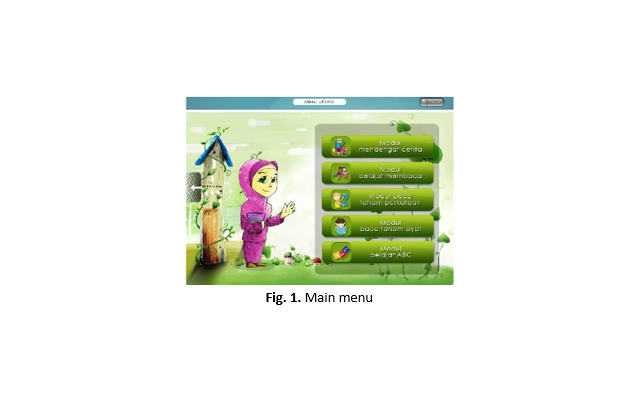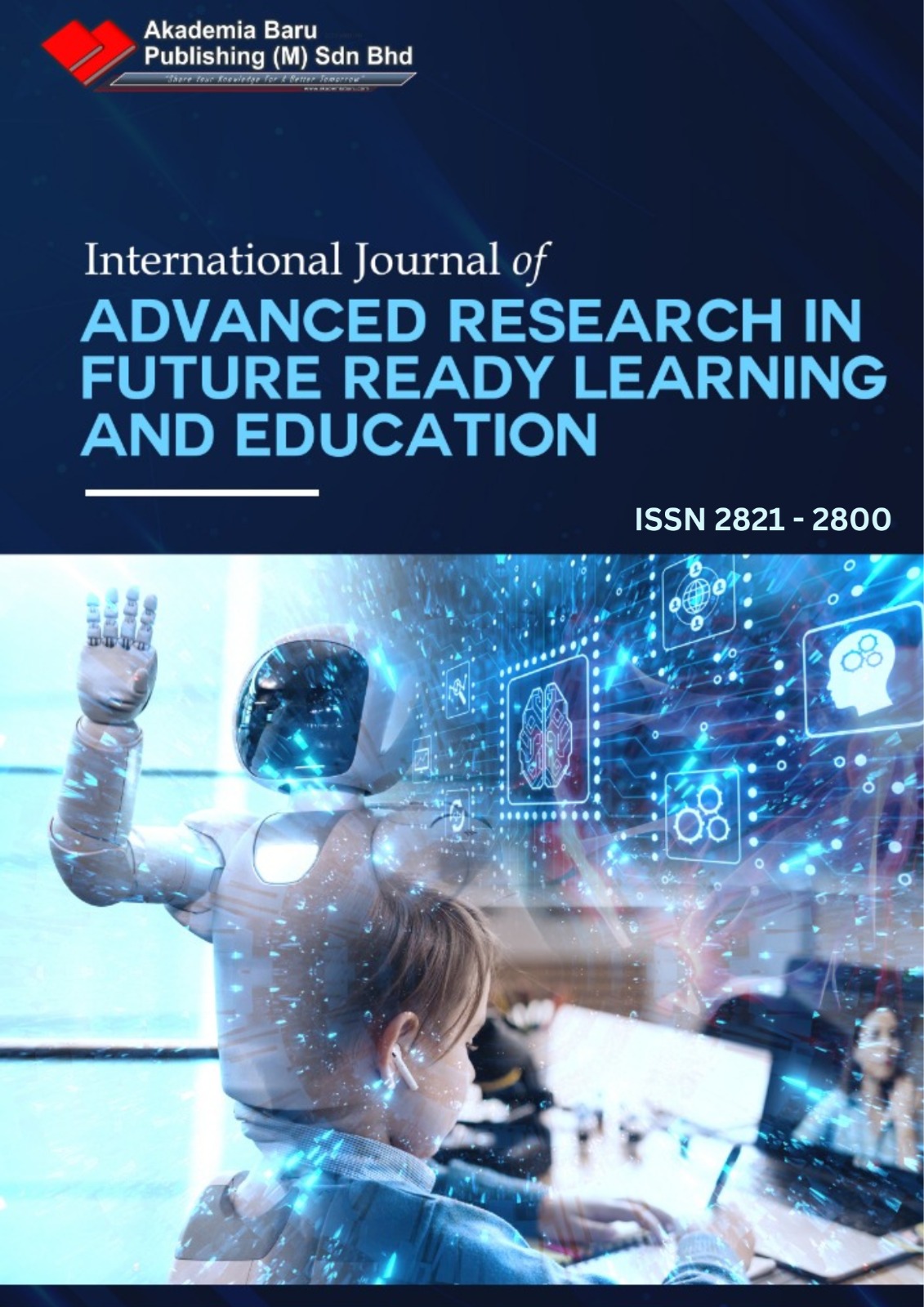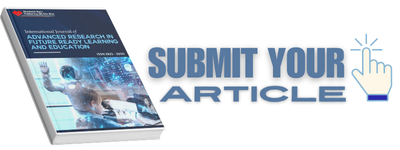Usability Testing of the Effectiveness of the Augmented Reality Basic Reading Courseware (AR BACA-MV-SindD) for Down Syndrome Learners
DOI:
https://doi.org/10.37934/frle.38.1.1222Keywords:
Usability, early reading, effectiveness, augmented reality, down syndromeAbstract
Usability testing focuses on how well users can learn and use a product to achieve their goals. Usability testing involves testing the product with real users to ensure the effectiveness and usability of the software. The implementation of usability testing is very crucial as this may help to improve design, evaluation, and prediction of how users will respond to a new technology especially for down syndrome learner. Augmented Reality (AR) is a promising technology that has gained the attention of many developers as it has unique characteristics which combines both real and virtual objects, is registered in three dimensions, and interactive in real-time. This paper aims to discuss the usability testing of an AR prototype, named Augmented Reality Basic Reading Courseware (AR BACA-MV-SindD), whereby the approaches and methods used for the testing can be deployed to evaluate the effectiveness of the courseware, specifically for Down Syndrome (DS) students. The AR BACA-MV-SindD was developed using the augmented reality technology to provide DS students with the exposure to new environment in learning basic reading in the Malay language. Purposive sampling was used in this study to obtain 15 participants from one school in Selangor, who had not previously experienced the augmented reality technology. In this study, effectiveness was the construct used to determine usability testing. The results from the construct showed that all means were at high level. Thus, we can conclude that AR BACA-MV-SindD can become a potential learning strategy that enhances the achievement of DS students in learning basic reading.














